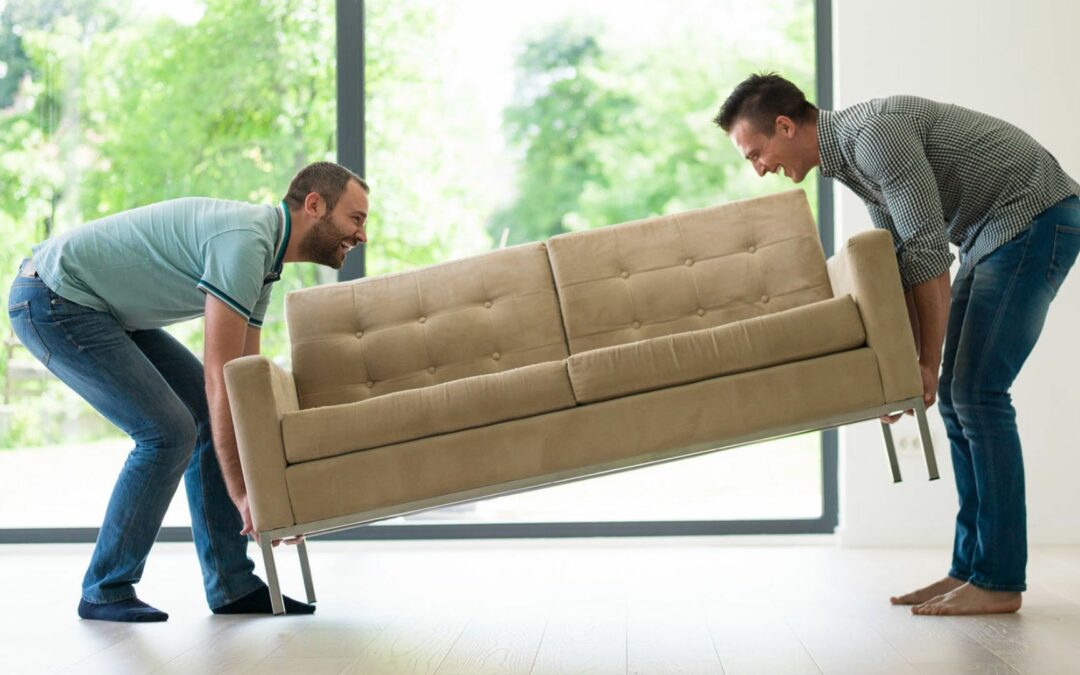Call it environmental concerns or space constraints. You could also credit financial realities or an increased desire to experiment and try new things. There are myriad reasons why shoppers are more interested in renting or purchasing refurbished items for their homes. And while resale and rental may seem counter-intuitive to new product sales, retailers and product manufacturers who take advantage of this shift may find ways to reach new customers and build brand loyalty.
Increasing Interest
U.S. resale across all categories is expected to reach $289 billion by 2027, more than double the market in 2020, according to the Chairish 2022 Home Furnishings Resale Report/GlobalData 2022 Resale Home Furnishings Market Research. The home furnishings resale segment is forecasted to grow by 29% in the next five years—three times the rate of traditional retail.
GlobalData’s 2022 Resale Home Furnishings Consumer Survey found that Americans are fairly comfortable with buying resale furniture and housewares. Respondents said they were most comfortable buying secondhand books & media, followed by furniture, sports equipment, homewares, home improvement items, clothing and electronics.
Europeans appear to be further along. According to GlobalData, over 40% have bought secondhand in the last year, and 47% say they’re fully comfortable buying resale home furniture.
When it comes to renting housewares, the 2023 IHA Market Watch Report shows increasing consumer interest in just the last year. Across all adults, the top categories of interest were seasonal home décor (23%), kitchen electrics (20%), everyday home décor (18%), kitchen tools and gadgets (17%), cookware (17%) and bakeware (17%). Millennials and Generation Z indexed much higher in all product categories, with interest levels ranging from 28% to 41%.
That’s not surprising to Tom Mirabile, principal and founder of Springboard Futures, and IHA’s trend expert. Younger generations want access—not ownership, and they’re much more aware of usage frequency than older generations, he says.
No Stigma
While there might have been a stigma in the past associated with buying “used” or secondhand items, being thrifty and environmentally conscious are both valued these days, especially by younger generations.
In fact, 97% of shoppers in GlobalData’s consumer survey said there was no stigma associated with buying resale furniture.
Just look at Apple’s successful trade-in and resale program for phones, tablets and other devices (which dates back to 2013), says Mirabile. There’s definitely a feeling of “If refurbished is good enough for Apple, it should be good enough for anyone.”
What to Consider
Resale and rental programs are unchartered territory for most housewares retailers and brands, though some have begun to dip their toes in the water.
To begin, think in terms of items that are high quality, durable and naturally have long working lives. Aspirational or high-end brands may be especially appealing to consumers. (Sellers take note: This is a prime opportunity to build brand loyalty.)
Some say resale and rental programs work best at local brick-and-mortar stores, while others prefer the efficiencies in place with online marketplaces…or partnerships between the two.
Shopify offers the following tips for stores looking to establish a resale program:
- Determine which products can be resold and have the best prospects for resale (quality, durability, brand name appeal, etc.)
- Establish strict quality control criteria
- Educate shoppers on the value of refurbished/recycled goods
- Host local resale events to attract customers to your store
- List products on resale websites and offer local pickup to introduce new customers to your store
Access the HomePage News 2023 Consumer Outlook Survey—commissioned in partnership with IHA—for more insights on outdoor living and 17 other home and housewares categories.

